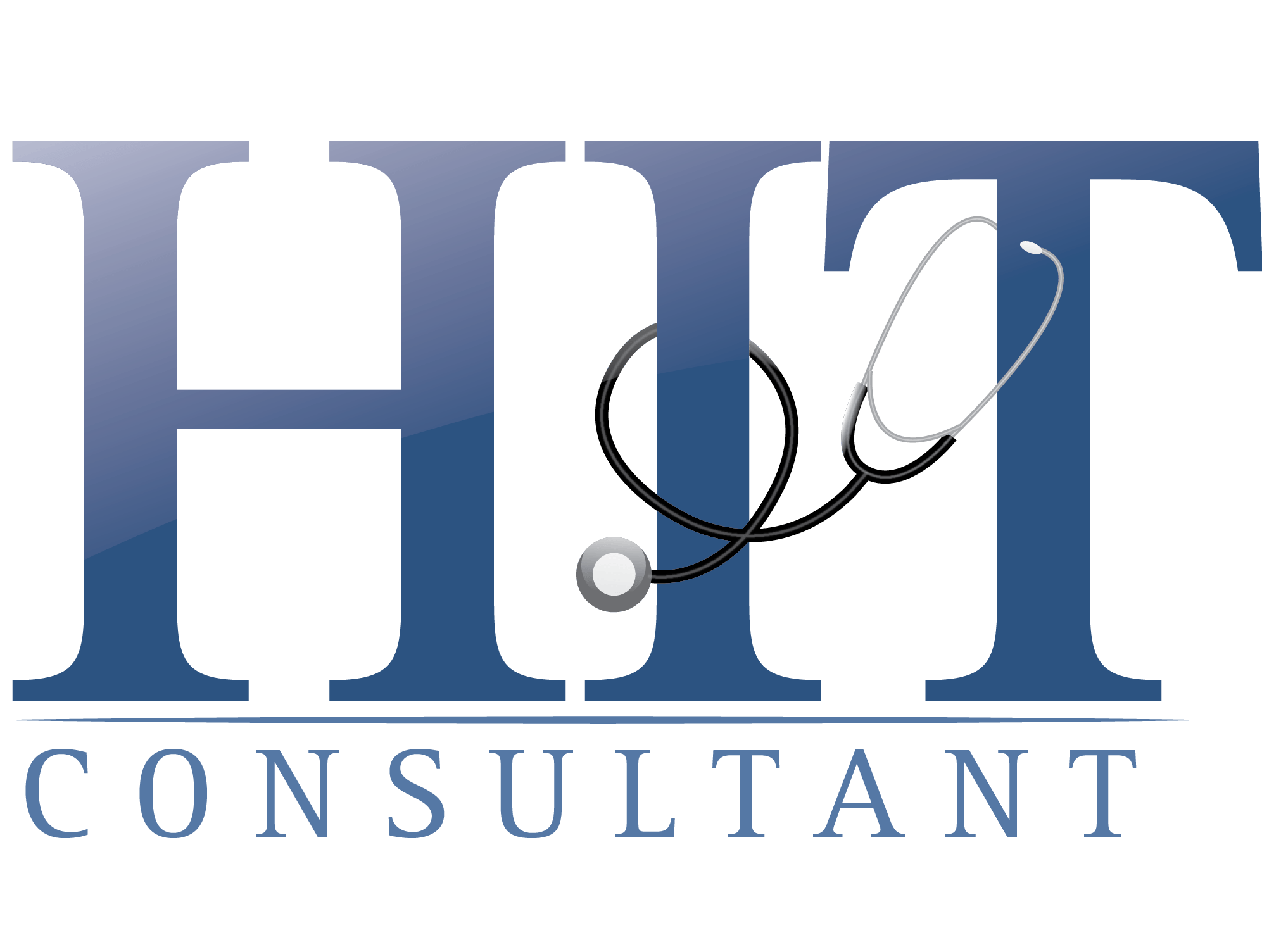
The increasing cost of healthcare has made unexpected medical bills a significant financial strain. With limited savings, many people seek short-term loans for assistance. While these loans provide quick access to funds, it’s important to weigh the potential drawbacks before borrowing.
Securing a loan for medical bills is not a straightforward process of approval and repayment. Patients must grasp the intricacies of loan terms, repayment expectations, and more. This understanding is a powerful tool that can help patients steer clear of future financial stress.
What are Short-Term Medical Loans?
Medical expenses can arise unexpectedly, making it challenging for many people to pay for them right away. Short-term medical loans are designed to provide quick funding to help with hospital bills, emergency treatments, or even ongoing care. These loans have a shorter repayment period than traditional ones, typically lasting a few months to a few years.
Many banks, credit unions, and online lenders offer short-term medical loans with different requirements. Some lenders approve applicants based on income rather than credit history, making it easier for people with lower credit scores to qualify.
Fast access to funds is one of the main reasons patients choose this type of loan. Since some providers take days or weeks to process payments, short-term loans can be approved and deposited within hours. However, quick funding often comes at a cost, making it essential to weigh all available options.
Pros and Cons of Taking Out a Short-Term Loan
A short-term loan can be a beacon of hope during a medical emergency. Instead of delaying treatment due to financial worries, patients can access the care they need immediately. This type of loan also offers clear repayment terms, providing borrowers with a sense of control over their financial situation.
However, even with these benefits, short-term loans have notable downsides. Despite the clear repayment terms, the timeline may be aggressive. On average, it’s less than 18 months, which can strain most borrowers’ cash flow. Some lenders include hidden fees, such as processing costs or penalties for early repayment, which can make borrowing more expensive.
Missing or delaying payments can lead to financial difficulties, including extra fees and a negative impact on your credit score. Before taking out a loan, it’s important to calculate monthly payments and ensure they are manageable within your budget.
Key Factors to Consider Before Borrowing
Not all short-term loans are created equal. Vital details such as loan terms, repayment timelines, and more can vary significantly. Therefore, patients need to compare different lenders to avoid overpaying and ensure they select a loan that fits their budget.
Loan terms also affect affordability. Short repayment periods may seem manageable initially but can lead to high monthly payments. So, borrowers should carefully review all repayment options of different lenders to look for a plan that won’t strain their finances. Some lenders allow early payments without penalties, and those charge extra fees for settling a loan before the agreed-upon term.
Choosing the right lender is a critical step that requires thorough research. While online lenders like CreditNinja online offer quick loan options, it’s crucial to compare your options. Reviewing customer feedback and checking lender reputations can help patients find the best loan option for their needs.
Credit impact is another key consideration. Depending on how it’s managed, a loan can either help or hurt a person’s credit score. Paying on time can improve credit history, while late payments can lead to a drop in score and make future borrowing more difficult.
Alternatives to Short-Term Loans
Short-term loans aren’t the only option for handling unexpected medical bills. Many hospitals and healthcare providers offer affordable payment plans, allowing patients to spread out costs over several months. Speaking with a billing department can lower monthly payments without the added fees or expenses.
Government programs and nonprofit organizations also provide financial assistance for those in need. Some charities cover specific medical expenses, while federal and state programs offer relief for qualifying individuals. Looking into these resources can help reduce medical debt without taking on a loan.
Credit cards may be another option, especially those with promos and special offers. While not ideal for long-term debt, they can sometimes be more affordable than high-cost loans. Using personal savings is also worth considering, as it avoids additional financial obligations.
Making the Right Choice
Managing unexpected medical bills can be stressful, but short-term loans can offer relief when used wisely. Understanding loan terms, considering alternatives, and choosing the best option for your financial situation is essential. Taking the time to compare lenders and read the fine print can prevent unnecessary financial strain. Making informed choices can help ease the burden while allowing patients to focus on their health and recovery.
